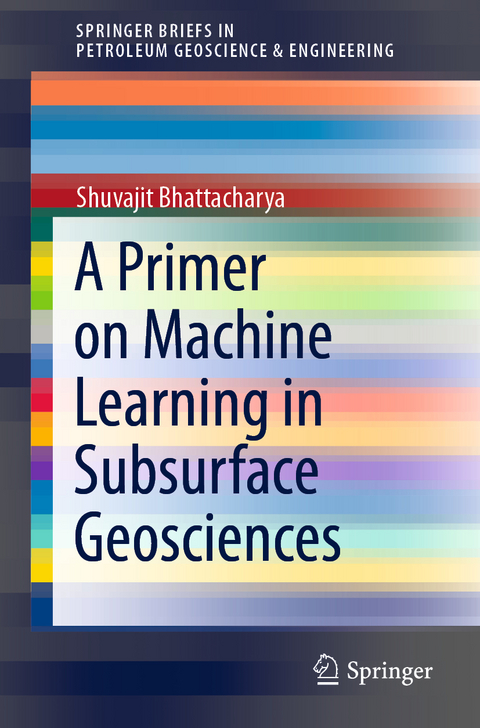
A Primer on Machine Learning in Subsurface Geosciences
Springer International Publishing (Verlag)
978-3-030-71767-4 (ISBN)
This book provides readers with a timely review and discussion of the success, promise, and perils of machine learning in geosciences. It explores the fundamentals of data science and machine learning, and how their advances have disrupted the traditional workflows used in the industry and academia, including geology, geophysics, petrophysics, geomechanics, and geochemistry. It then presents the real-world applications and explains that, while this disruption has affected the top-level executives, geoscientists as well as field operators in the industry and academia, machine learning will ultimately benefit these users. The book is written by a practitioner of machine learning and statistics, keeping geoscientists in mind. It highlights the need to go beyond concepts covered in STAT 101 courses and embrace new computational tools to solve complex problems in geosciences. It also offers practitioners, researchers, and academics insights into how to identify, develop, deploy, and recommend fit-for-purpose machine learning models to solve real-world problems in subsurface geosciences.
Dr. Shuvajit Bhattacharya is a researcher at the Bureau of Economic Geology, the University of Texas at Austin. He is an applied geophysicist/petrophysicist specializing in seismic interpretation, petrophysical modeling, machine learning, and integrated subsurface characterization. He uses advanced computational technologies to solve complex problems in geosciences, which have societal and economic impacts. Dr. Bhattacharya has completed several projects in diverse geologic settings in the US, Norway, Australia, South Africa, and India. He worked in both academia and industry. He has published and presented more than 50 technical articles in peer-reviewed journals and conferences. His current research focuses on the pressing issues and frontier technologies in energy exploration, development, and subsurface fluid storage (carbon, hydrogen, and wastewater). He completed his Ph.D. at West Virginia University and an M.Sc. at the Indian Institute of Technology Bombay.
Introduction.- Brief Review of Statistical Measures.- Basic Steps in Machine Learning and Deep Learning Models.- Brief Review of Popular Machine Learning and Deep Learning Algorithms.- Applications of ML/DL in Geophysics and Petrophysics Domain.- Applications of ML/DL in Geology Domain.- Multi-scale Data Integration and Analytics.- The Road Ahead.
| Erscheinungsdatum | 05.05.2021 |
|---|---|
| Reihe/Serie | SpringerBriefs in Petroleum Geoscience & Engineering |
| Zusatzinfo | XVII, 172 p. 130 illus., 118 illus. in color. |
| Verlagsort | Cham |
| Sprache | englisch |
| Maße | 155 x 235 mm |
| Gewicht | 302 g |
| Themenwelt | Technik ► Elektrotechnik / Energietechnik |
| Schlagworte | Data-driven Modelling • Deep learning in geosciences • Geophysics • Geosciences data classification and prediction • machine learning • Quantitative Geology • Subsurface data analytics |
| ISBN-10 | 3-030-71767-4 / 3030717674 |
| ISBN-13 | 978-3-030-71767-4 / 9783030717674 |
| Zustand | Neuware |
| Haben Sie eine Frage zum Produkt? |
aus dem Bereich


